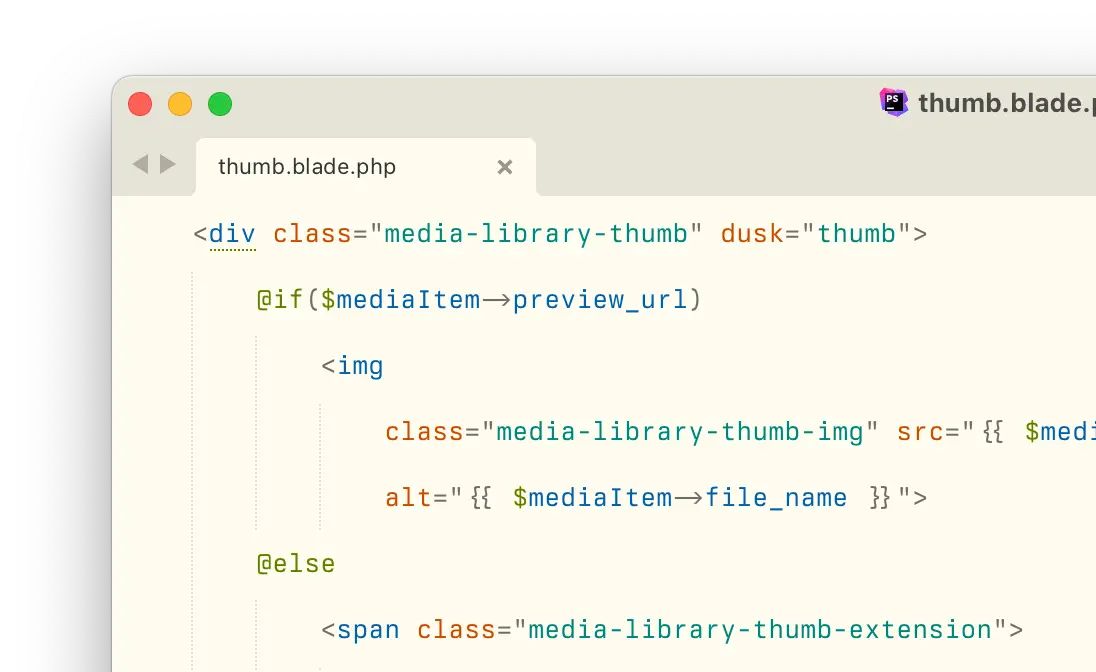↗ Marcus Buffet: Managing my motivation
Full title is Managing My Motivation, as a Solo Dev, but this is great advice for any dev.
My favorite:
Leave tasks unfinished
I can’t overstate how much this one helps me. I try to leave a task 90% finished at the end of a working session. It feels slightly worse than closing out the work, but it makes starting the next day 10x easier. Having a quick win when I start coding is a massive boost, and it immediately gets me into the flow state. It can’t be too easy though, if all I have left is to run git commit, that’s not enough. Ideally it’s something where I know exactly what I need to do, that will take 5-10 minutes.
As I've written before: end the day with a failing test.

